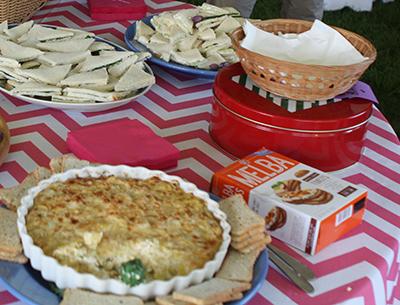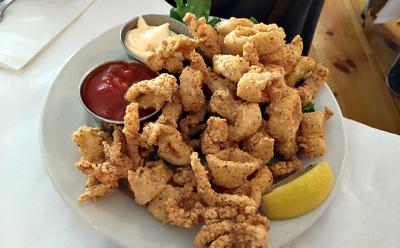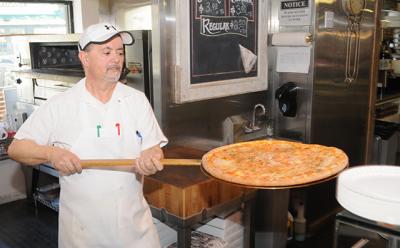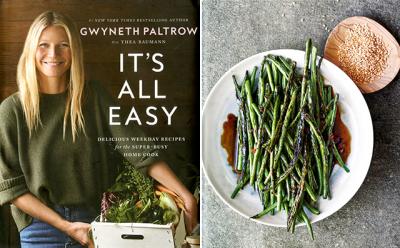News for Foodies 06.23.16
News for Foodies 06.23.16
Farm-to-Table Series
Amber Waves Farm in Amagansett will kick off a series of brunches and dinners with an Argentine-inspired asado barbecue meal in the field on Saturday. It will be cooked by Paula Segura Mallmann, whose uncle, Francis Mallmann, is an Argentine chef, along with her partner, Emiliano Cordeiro.
Guests will have an opportunity to walk the fields with one of the farmers to discuss sustainable farming practices. The meals are served family-style, outdoors, on rustic handmade tables, and feature produce from the farm along with other seasonal East End ingredients.
Proceeds from the series support the farm’s educational programming. Tickets are $200 and include unlimited wine and beer from Channing Daughters Winery and the Montauk Brewing Company. Reservations are required.
Other chefs who will be cooking at the farm’s so-called Copper Oven Farm-to-Table series this season include Christopher Miller, Hillary Sterling, and the caterers from Hamptons Aristocrat.
Coming Soon
The folks at Almond — Eric Lemonides, Jason Weiner, the chef, and his wife, Almond Zigmund — are reportedly planning to add open another eatery in Bridgehampton, in the space on the Bridgehampton Turnpike recently vacated by Fresh. Word has it that it will be named Zigmund’s. The restaurateurs also have three Manhattan spots, Almond Tribeca, Almond Flatiron, and the L&W Oyster Co.
Another Wolffer Rosé
July 1 will bring the release of the new Finca Wolffer Rosé, the second vintage of a rosé made with grapes grown in Mendoza, Argentina, by the Wolffer Estate winery in Sagaponack. Roman Roth, the Wolffer winemaker, worked with Susana Balbo, a renowned Argentine winemaker, to create the rosé.
At Babette’s
Babette’s restaurant on Newtown Lane in East Hampton is now open daily for breakfast and lunch, and serves dinner on Friday, Saturday, and Sunday. Nightly dinner service will begin in July. New items on the menu at the restaurant, which serves organic, healthy fare, include, as dinner entrees, vegetable pad thai, local vegetable tagine, and wild truffled mousse. At breakfast and lunchtime, new additions are a Tuscan quinoa bowl, with kale, vegetables, roasted tomato, and two sunny-side up eggs, and a farmhouse breakfast sandwich featuring an egg, broccoli rabe, smoked mozzarella, tomato, greens, and sun-dried tomato aioli on eight-grain bread.
Stonecrop Wine Tasting
Andy Harris and Sally Richardson of Montauk, the owners of Stonecrop vineyard in Martinborough, New Zealand, will be pouring the three wines from their vineyard at a tasting from 4 to 7 p.m. on Saturday at the Domaine Franey wine shop in East Hampton. Visitors will have an opportunity to savor sauvignon blanc, rosé, and pinot noir.







